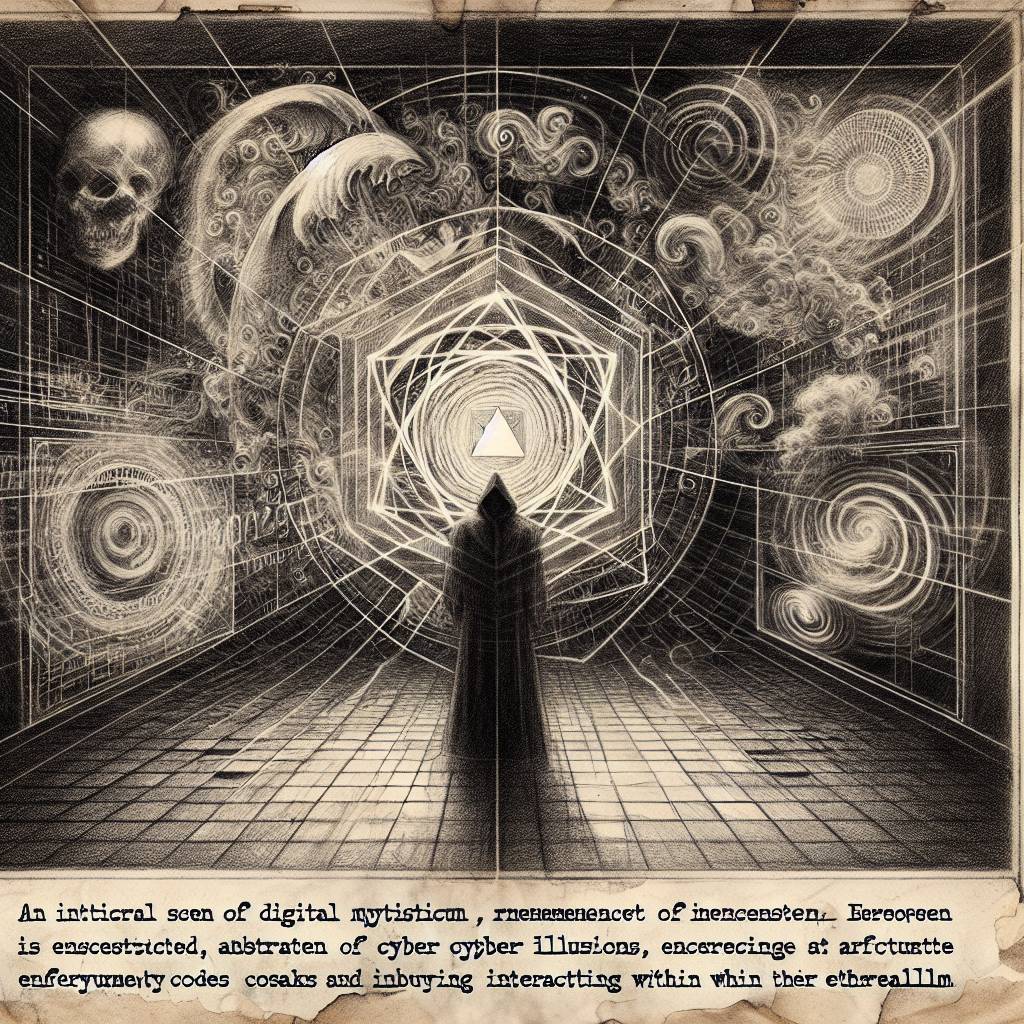Malware’s Magic Tricks: Unpacking Obfuscation Techniques to Outsmart Cyber Illusions
Malware authors are like ninjas with keyboards, using obfuscation techniques to sneak their creations past sandbox security. From Agent Tesla to XWorm, these malware families employ tricks like code virtualization and staged payloads. Static analysis in sandboxes can help uncover their secrets, but automation in unpacking these malware samples would be a game-changer.

Hot Take:
Malware authors are the ultimate tricksters—using obfuscation techniques that would make a magician jealous. With layers upon layers of digital disguise, these sneaky devs are pulling off cyber heists right under our noses. They’re the Houdinis of the virtual world, and we need some serious cyber wizardry to keep up!
Key Points:
- Malware authors use obfuscation techniques like AES encryption and code virtualization to evade detection.
- Staged payloads and dynamic code loading are used to deliver popular malware families like Agent Tesla and XWorm.
- Palo Alto Networks offers products that enhance protection against these threats.
- The malware’s obfuscation techniques make static analysis challenging, requiring innovative automation for unpacking.
- Advanced WildFire, Cortex XDR, and Advanced DNS Security are among the defense solutions.
Already a member? Log in here
